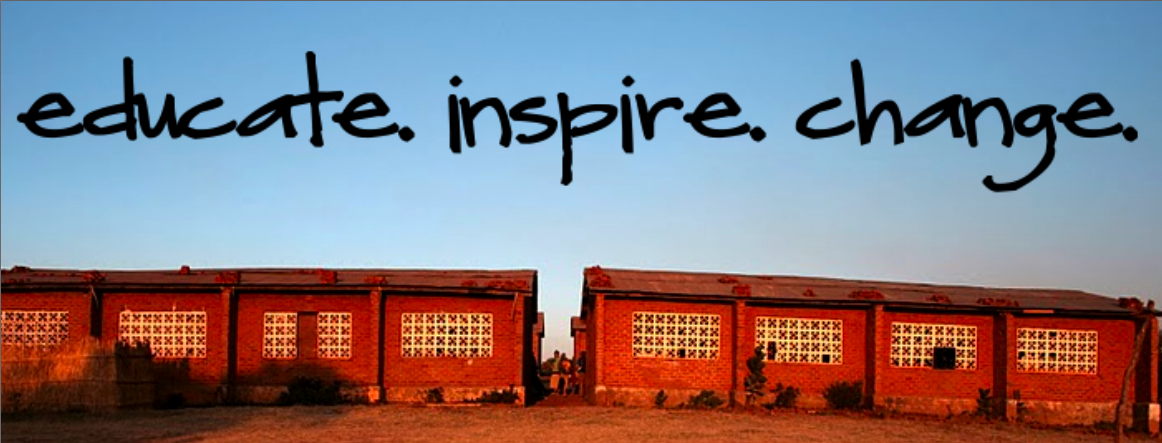Talk of Malawi’s 2014 presidential election has fostered significant debate regarding the state of education in Malawi, specifically, the United Democratic Front’s proposition to provide free secondary education for Malawi’s youth. Malawi’s current education system is comprised of a primary system consisting of eight grades, while secondary and university systems have four years of curriculum each. In an opinion column for the Nyasa Times, writer Steve Sharra provided what he sees as the pros and cons of this proposal and the potential of the education system to develop a more prosperous Malawi.
Currently, Malawi has a free primary education system which is
beneficial but has had its fair share of flaws and shortcomings. Subsequently,
opponents of this free secondary education system look to the history of the
primary education system, and worry that past mistakes will be repeated. In
2010 the World Bank published a study on the education system in Malawi and
found that compared to other Sub Saharan African (SSA) countries, Malawi
performs worse in post-primary levels and technical, entrepreneurial,
vocational education and training. Malawi’s Southern African Consortium for
Monitoring Education Quality (SACMEQ) scores in Mathematics and English reading
are among the lowest. Dropout rates are high and lead to a 35 percent
completion rate for students within the system. As of 2010, the primary
education system requires 23 years to produce one Standard 8 graduate, instead
of eight years with an ideal internal efficiency. The retention rate in
secondary education is much better, with very few dropouts within the cycle. (World Bank)
Having a sufficient number of teachers as well as ensuring they
are adequately qualified through their own education and training is a
significant issue. The ratio of student to trained teacher hovers at 88:1. When
only looking at urban schools, however, the student-teacher ratio (STR) drops
to 46:1
In addition to the lack of physical resources to maintain a
thriving education system, opponents also worry about the implications of
further dependency on donors for Malawi’s economy and ability to thrive and be
competitive on a global scale. The cost of providing more free education is
beyond the financial means of Malawi’s budget and an argument is made that
investing in other areas of national development could produce benefits within
a shorter time frame.
Proponents of a completely free education system acknowledge
past failures in the education system but see these as a resource to create a
better system. “Knowing where things went wrong ought to mean knowing how to do
things differently next time,” says Sharra. For example, when free primary
education was implemented, little to no consideration was made to how an influx
of students would affect secondary education and its ability to accommodate
such an increase in enrollment. If secondary education becomes free as well,
the same mistake cannot be made at the University level.
Other considerations for a fully free education system would
include a detailed list of what physical infrastructure needs to be created,
how this will affect federal budget, where to get money to supplement the
national budget for education, and a targeted plan for application until
full-scale implementation is viable. Another important consideration is
providing programs for those who are beyond secondary school age, but have not
yet completed secondary level requirements.
Providing for education is a direct investment in the future of
Malawi and affects economic activity for individuals as well as the nation.
Education has the potential to strengthen human capital, and aid Malawians in
thinking critically in a world of economic crises and high unemployment to find
new and innovative responses to problems. There is much to consider though, including infrastructure, capacity, and economic feasibility.
Additional reference: US Embassy in Malawi


